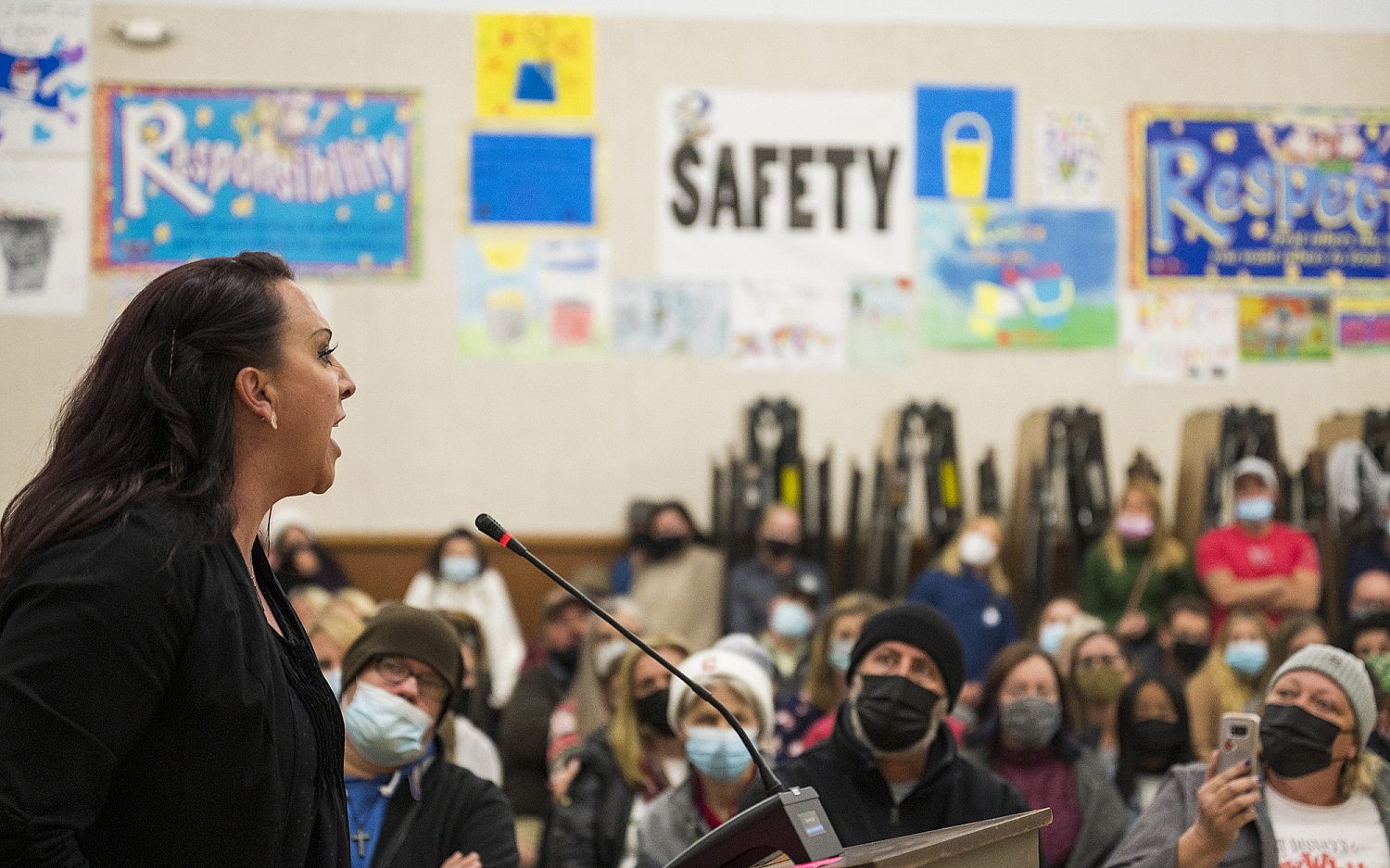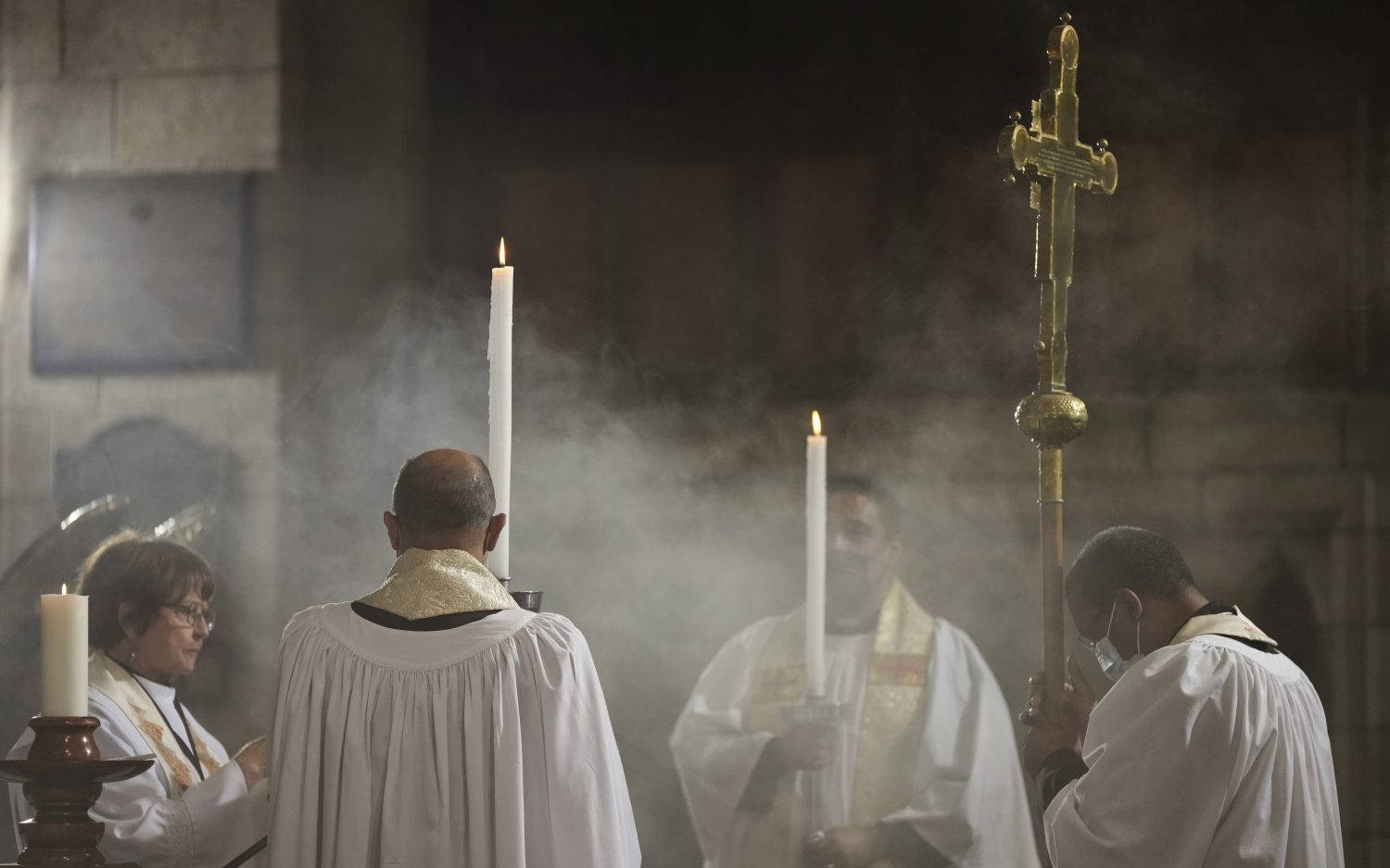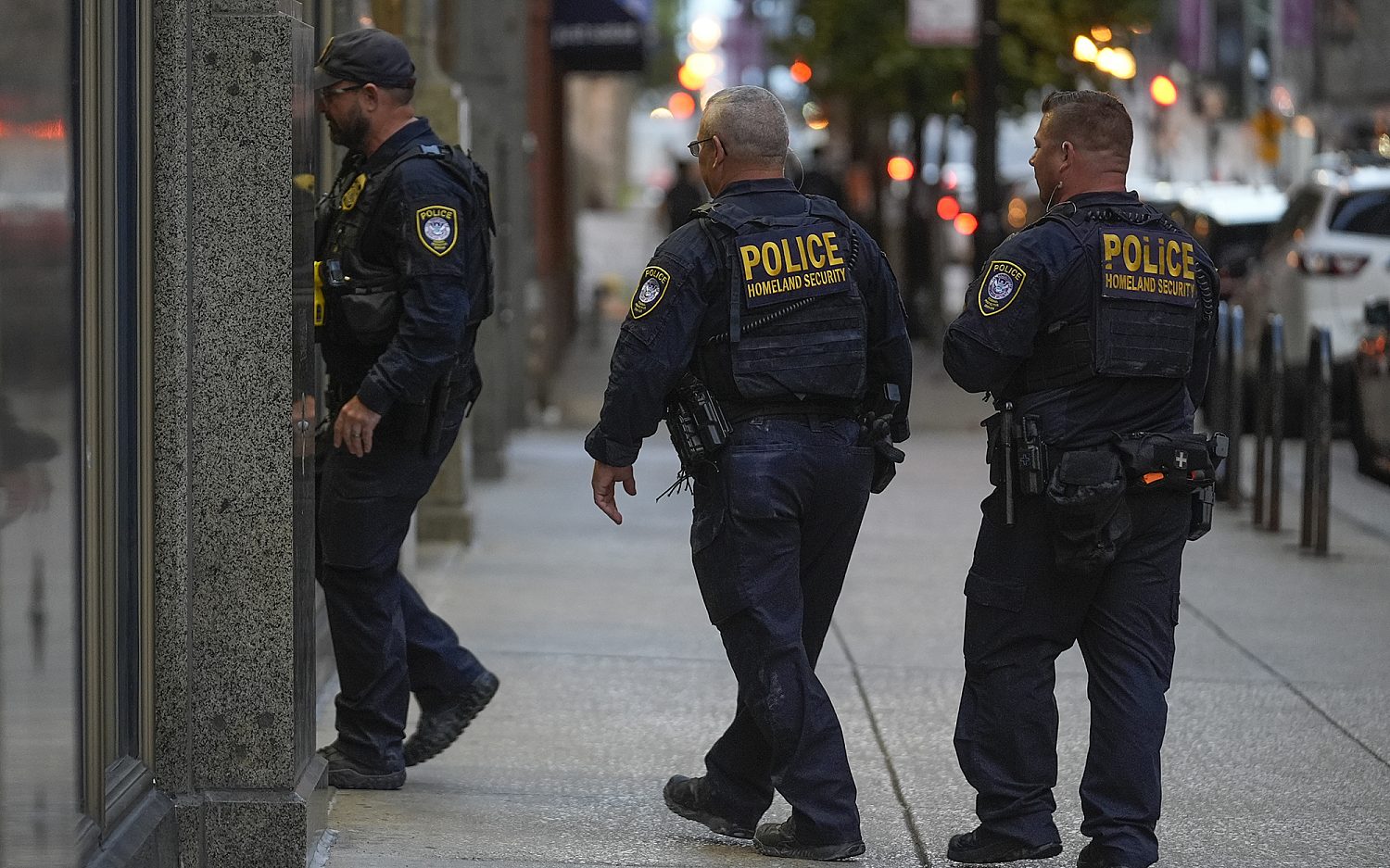Cities offer public boarding school to teens from troubled homes
Leaders in Buffalo’s chronically struggling school system are considering launching a publicly funded boarding school. The proposal aims to combat the problems many of the city’s students face outside of school that dramatically impact their success such as poverty, domestic instability, transient living arrangements, lack of proper nutrition, and truancy.
“We have teachers and union leaders telling us, ‘The problem is with the homes; these kids are in dysfunctional homes,’” said Buffalo school-board member Carl Paladino.
Paladino and other leaders have reason to be concerned; the urban district’s students face tremendous odds. Eighty percent of their students meet federal guidelines for free or reduced lunch, English and math proficiency rates hover 20 points below the state average, and only 53 percent of its students graduate in four years.
Buffalo would not be the first U.S. city to embark on such a project. Washington, D.C., Baltimore, and Miami all host publicly funded boarding schools for students in grades six through 12. The organization behind all three of those schools, the SEED Foundation, considers running high-performing, college-preparatory public boarding schools its mission. The schools are targeted toward at-risk youth in struggling urban communities.
The model flaunts lofty intentions, but also carries an equally lofty price tag.
“Even I have to admit, in the short run it’s expensive,” SEED Foundation co-founder Eric Adler said, adding that even though the short-term cost is high, the payoff comes with producing successful, taxpaying citizens.
A study of SEED schools published in the Journal of Labor Economics last year found that changing both a student’s social and educational environment through boarding significantly raised student achievement in math and English.
That 24/7 environment is one of the main draws to the boarding school experience, said boarding-school graduate and advocate Andy Hirt.
“The chance to be known beyond the classroom is a big piece of why families choose boarding schools,” said Hirt, the director of member relations for The Association of Boarding Schools, a network of more than 300 private boarding schools in the U.S., Canada, and around the world. “The educational experience doesn’t stop when the school bell rings.”
Hirt described how the residential experience enhances the student’s growth and learning by promoting independence, minimizing distractions, and encouraging healthy mentorships with adults who are not their parents.
“We see boarding school as a tremendous gift that you’re giving your child,” Hirt said.
Tanika Shedrick, a former charter-school dean, is the leader of the Buffalo proposal.
“We are not hitting various measures set by the state or ourselves,” Shedrick said. “Our students are leaving school not prepared for college.”
Her school Buffalo Institute of Growth would supplement a college-style academic schedule with life skills and social activities that would keep students on campus seven days a week with the goal of sending 100 percent of graduates to college or a vocational program.
Similar to the SEED schools, the Buffalo Institute of Growth would be funded with $12,000 per student that the state of New York provides annually for public charter schools. With an anticipated cost of $20,000-$25,000 needed annually per student for the boarding school, Shedrick also intends to solicit private and corporate contributions. Shedrick plans to submit the charter school proposal to the state this year.
The Associated Press contributed to this report.
An actual newsletter worth subscribing to instead of just a collection of links. —Adam
Sign up to receive The Sift email newsletter each weekday morning for the latest headlines from WORLD’s breaking news team.





Please wait while we load the latest comments...
Comments
Please register, subscribe, or log in to comment on this article.